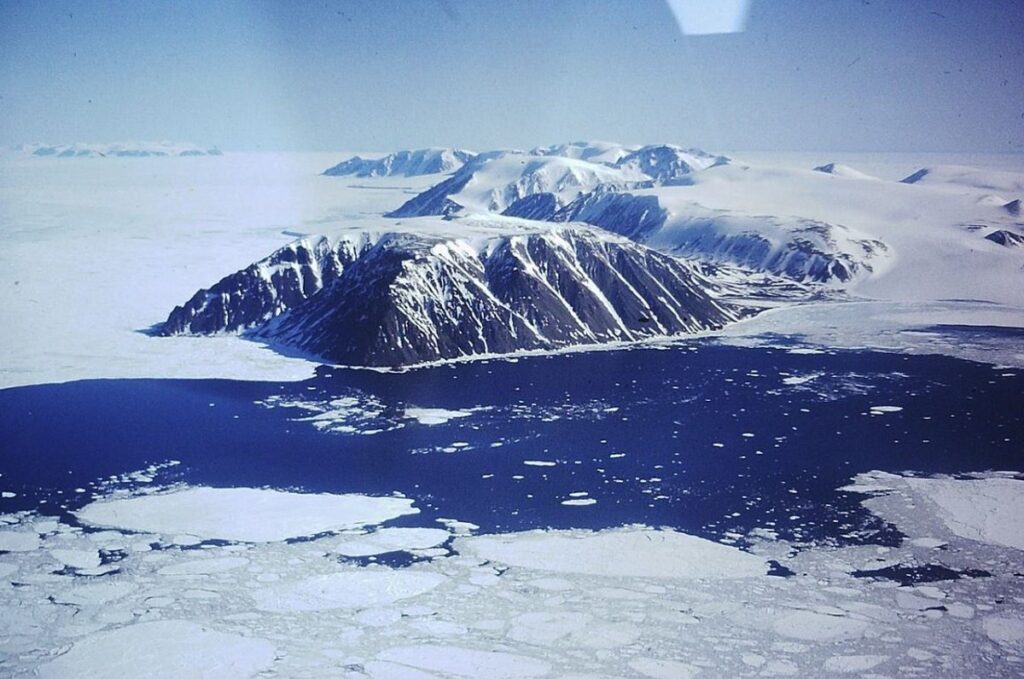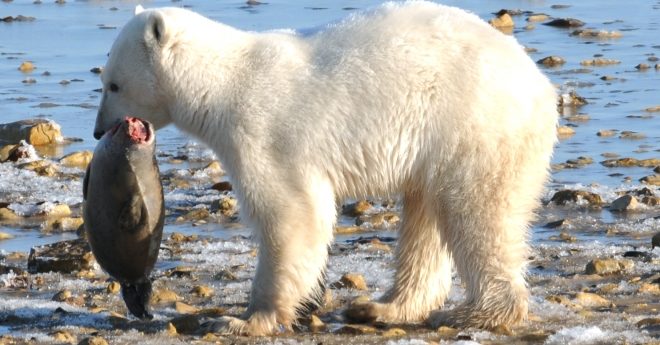The Arctic polar bears are in trouble. A recent study conducted by Canadian scientists confirmed that since 1990, half of their population has disappeared.
Moreover, those currently inhabiting the area are much thinner and face difficulties in finding food.
While it was known that the lack of ice caused serious problems for them, this new study provides accurate data.
The drama of polar bears in the Arctic
The species do not have enough food to reproduce or properly nourish their cubs. This is warned by a research carried out by scientists from Canada.
 Arctic ice melting.
Arctic ice melting.
They found that half of the population has been lost since 1990 in a part of the Canadian Arctic.
They recreated, thanks to a new “bioenergetic” model, the amount of seals that the bears need to hunt to survive and have healthy offspring. This in contrast to the available amount as melting increases. The data obtained explains their decline.
Study specifics
For this work, published in the journal Science, the team from the University of Toronto Scarborough focused on the polar bear population they have been monitoring for decades in Hudson Bay, within the Canadian Arctic Circle.
Biologist Louise Archer and her colleagues used the model that tracks the energy they gain from hunting seals, and were able to follow the complete life cycle of each bear in that location between the years 1979 and 2021.
The conditions, as they found, are alarming. In summer, the population already has no sea ice to hunt from, so they are forced to go to land where they cannot find food.
It is estimated that the period during which this ice platform is no longer available for the bears has increased by about 10 days each decade. “This has shortened the polar bears’ feeding season by three to four weeks since the 1980s,” explained Archer.
“They would have to hunt in open waters, a very challenging feat because seals swim faster,” she pointed out.
Statistics
 The issue of polar bears.
The issue of polar bears.
Among the most alarming figures, the study specified that of the 1200 polar bears in Hudson Bay in the 90s, there are now 600.
Furthermore, their size has decreased: females now weigh 39 kilos less than 37 years ago, and one-year-old cubs weigh up to 26 kilos less. The reason is hunger.
In this line, they detected an increase in the number of females with fewer cubs per litter (up to 11% less). These are mothers who, by hunting less, have less milk to nurse their offspring. Therefore, the period in which the cubs depend on them has been extended: they now spend 10% more time with their mothers.
This implies an increase in the time between births, which has gone from two years in the 1980s to three years already in the 2000s. As a consequence, there is a 12% decrease every 10 years in the number of polar bear cubs.
Regarding mortality, the main cause is also hunger due to low food intake, especially in the case of adult females during the summer period, when they arrive with low fat reserves. The same happens with many cubs.
Do you already know our YouTube channel? Subscribe now!

